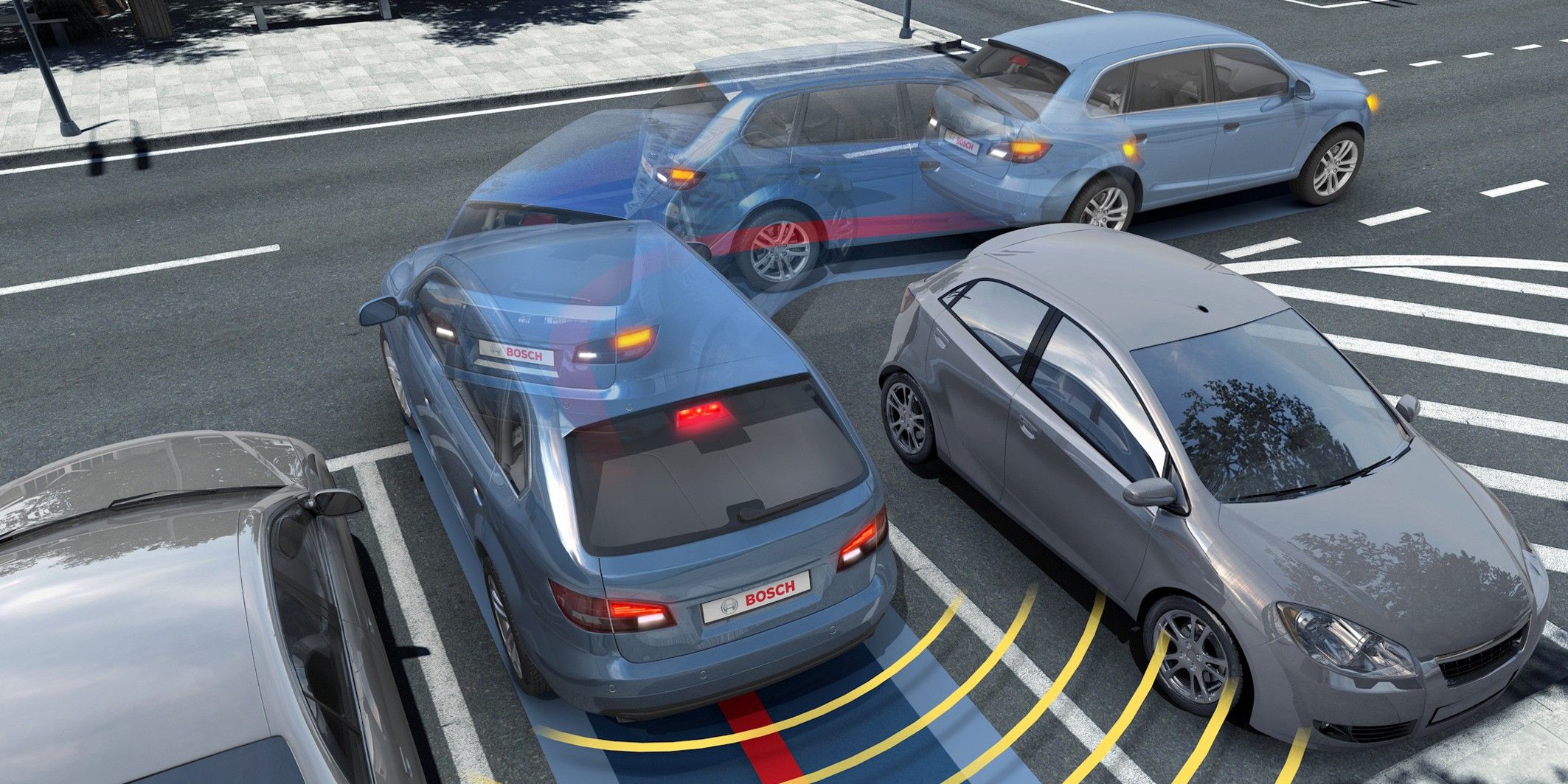
Nothing in recent technology says “the future” like self-driving cars, especially since everyone’s heard of them, but no one knows when they’ll get to buy one. We’ve seen test footage, news reports, and elaborate presentations from people like Elon Musk, but aside from a handful of vehicles on the market with limited AI-assistance features, the average consumer has yet to “test ride” a robot car.
The appeal of self-driving cars goes beyond simple coolness and novelty. Despite public fears of being inside an autonomous vehicle, self-driving cars are significantly less dangerous on the road than human drivers. Statistics rarely assuage public fears (people still fear death by plane crash more than car crash, despite the rate of plane-accident-related deaths being microscopic compared to that of cars), but some analysts argue we have a moral responsibility to get self-driving cars on the road as a matter of safety. Additionally, self-driving cars give disabled people access to transportation and therefore independence they would previously lack.
Related: Self-Driving Cars Can Be Hacked… By Bad Road Signs
Somewhat unfortunately, we’re much further away from self-driving cars than most people think, depending on what that means to each person. The Society of Automotive Engineers classifies driving AI into levels. Level 1 is AI-assisted steering or braking. Level 2 is assistance with both simultaneously. Level 3 is where enough of the driving process is automated that we can somewhat stop interacting with a vehicle. Level 4 is where AI can completely handle driving once activated. Level 5 is vehicles without pedals or steering wheels. We’re at roughly level 2, which means we’re most likely years from level 5. We’re in fact so far from full autonomy that modern purchasable vehicles with AI features such as parking assistance are often inaccurately referred to as “self-driving” cars.

The other factor prohibiting the sale of self-driving cars is infrastructure. The variations in road quality across the world are difficult to account for in programming. These vehicles will also require upgrades to the functions of traffic lights, road signs, and other traffic signals as these things were all designed with human, not robot readability in mind. It’s likely that we’ll soon start to see augmented versions of things like speed limit signs to accommodate AI assistance as a first step.
The necessity of such changes is a large factor in the legislative hassle of deploying self-driving cars as well. Right now in the US, states make decisions about vehicle permissions individually, so at a bare minimum, we’d have to pass laws that would allow the federal government to dictate the availability of self-driving cars. That would also mean resolving the various social issues such legislation would create, like job loss in the transportation sector. It also opens means handling many complicated insurance-related issues, and the obvious question: do we want only self-driving cars or will we also allow humans driving on the road beside them?
These are all solvable problems, but they’re also necessary steps in the process of getting a level 5 vehicle to market. So, until the international conversation around self-driving cars includes these issues, we’re nowhere near having the option to solve a crossword puzzle, write a text message, watch Netflix, and maybe sneak in a nap on the drive to work… legally.
Next: Tesla’s Cybertruck: Unanswered Questions About Elon Musk’s Cyberpunk Truck
Article Source and Credit screenrant.com https://screenrant.com/self-driving-cars-buy-when/ Buy Tickets for every event – Sports, Concerts, Festivals and more buytickets.com

Leave a Reply
You must be logged in to post a comment.